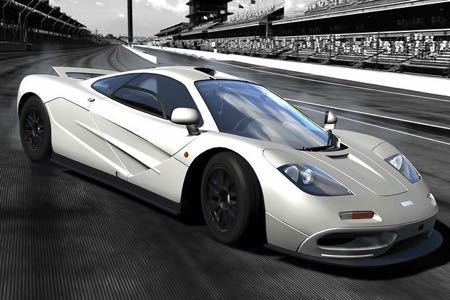
Whilst Formula One will never boast the popularity of the likes of football, it is still an incredibly popular sport, watched by millions of people around the world. For newcomers to it, though, it can seem like a virtually impenetrable sport to get into. For many, the idea that you might as well stand on a motorway bridge and watch cars drive past there is hard to escape, such is the extent to which Formula One simply feels like a sport in which the best drivers win because they’ve got the best cars. The question is, is it that simple?
Whilst the best drivers will always have the best cars because the top teams will want them to work for them, there is plenty about F1 to make it an exhilarating sport once you’ve got your head around how it works. It is the pinnacle of single-seater car racing and the most famous motorsport in the world, so it’s no wonder that quite a few people like it. It began life in the Italian city of Turin in 1946 and has grown exponentially since then, so here’s a look at what the sport involves and what you’ll need to know if you choose to watch it.
Qualifying
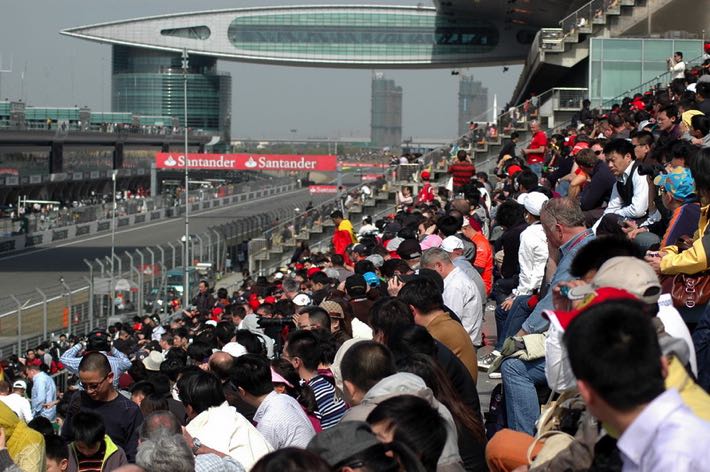
The best thing to do is to start at the beginning and look at the qualifying phase. The rules and regulations for Formula One are made by the Fédération Internationale de l’Automobile, with the teams and drivers taking part in the sport having to abide by them. Qualifying might make it sound as if whether or not a driver will take part in the race is touch and go, but in actual fact it is actually used to decide the order in which all drivers will line-up in at the start of the race proper. There are ten F1 teams with two drivers apiece, meaning 20 drivers take part in each event.
Formula One race weekends get underway with a practice on the Friday, as well as another few practice laps in the afternoon. This is usually the first chance that a driver gets to learn what the course is like and whether it has any sections that they need to be wary of. There are two more practice laps on the Saturday before the qualifying session during the afternoon. This is crucial for teams and drivers because it dictates their position on the starting grid when the race proper takes place the following day. Here’s how the qualifying race works:
Q1, Q2 & Q3
Qualifying is broken down into three sections, which are currently known as Q1, Q2 and Q3. Q1 is 20 minutes in length and all drivers try to set the fastest. Time that they can. The five slowest drivers are eliminated before the rest move on to take part in Q2. This is 15 minutes long and the aim is to record one of the ten quickest times. Failure to do so means elimination before Q3 gets underway. Q3 requires the drivers that qualify to use the same tyres that they did in Q2 when they set their quickest time.
Drivers are given a final ten minutes to drive their fastest lap. This is usually the most competitive part of qualifying as it dictates the driver that will be in pole position when the race gets underway 24 hours later. Qualifying works the same regardless of where in the world the race takes place. The tyres, which are currently supplied by Pirelli, are only designed to last between 40 and 80 miles, with the tyres themselves rated from the hardest (C1) to the softest (C2) and choosing which ones to use can be crucial.
One thing that is worth noting is that each time is only allowed two completely assembled cars at any one time. As they have two drivers that take part in the race, this means that there is no room for error. Should a driver have an accident during qualifying, their team would have to completely rebuild them a car overnight for the race itself. This is in order to limit the ability of the richest teams to have countless different cars for the drivers to use depending on the conditions or something like that.
The 107% Rule
Since 1996, Formula One has used the 107% rule. This rule dictates that any driver that is eliminated in Q1 and also fails to set a lap within 107% of the fastest time recorded in that session won’t be allowed to start the race proper. In other words, if the fastest driver clocks up a time of 60 seconds for a lap, eliminated drivers must complete a lap with a time of within 64.2 seconds if they are to guarantee themselves a place in the race. It was removed from racing in 2002 and then re-introduced in 2011, with some modifications.
The 107% rule is only in place on dry tracks. If a track has been declared to be wet by the race director then it is scrapped for that race. Though drivers that exceed the 107% rule will not be given a guaranteed starting place, they may still take part if it is decided that there are some exceptional circumstances for the race stewards to consider. This can include the likes of a suitable lap time during the practice session, with the driver accepted into the race under such circumstances put at the back of the starting grid.
Pole Position & Why It Matters
The driver that managers to rack up the best time during qualifying will start in front of all other cars on the day of the race proper. It might not sound like it’s the most important thing in the world, but when you learn that, up to the Korean Grand Prix in 2012, 351 wins from the 874 Formula One Grand Prix that had taken place were won by the drive in pole position, you can see that it does matter. That is 40.16% of all races won by the driver at the front when the race begins, which is why qualifying is so important in F1.
In terms of why pole position matters, it is largely down to fine margins. Formula One is a sport in which fine margins can make all the difference, so having a free view of what you’re heading into can be crucial. Add into that the fact that you’re car is travelling into completely clean air, when the cars behind you are obviously having to drive into exhaust-filled air, can be important. To better illustrate the point of just how important pole position is, here’s a look at the number of wins achieved by position:
| Starting Position | Number of Wins | Percentage of Wins |
|---|---|---|
| 1st | 442 | 42.06% |
| 2nd | 253 | 24.07% |
| 3rd | 127 | 12.08% |
| 4th | 64 | 6.09% |
| 5th | 48 | 4.57% |
| 6th | 39 | 3.71% |
| 7th | 21 | 2% |
| 8th | 17 | 1.62% |
| 9th | 4 | 0.38% |
| 10th | 10 | 0.95% |
| 11th | 5 | 0.48% |
| 12th | 4 | 0.38% |
| 13th | 3 | 0.29% |
| 14th | 6 | 0.57% |
| 15th | 1 | 0.10% |
| 16th | 2 | 0.19% |
| 17th | 2 | 0.19% |
| 18th | 1 | 0.10% |
| 19th | 1 | 0.10% |
| 20th | 1 | 0.10% |
Those stats were accurate as of the Turkish Grand Prix that took place on the 10th of October 2021.
Some races work in such a way that the pole position matters more than at other locations. At the Nürburgring, for example, only three winners started in pole position in 19 races up to 2019. Monaco is the opposite, with 75% of the drivers starting in pole winning the race between 2004 and 2019, with Barcelona not being too far behind with 73% of winners starting in pole position. In other words, whether it matters or not changes from course to course, but it’s certainly not something you should be dismissive over.
What Happens During a Race
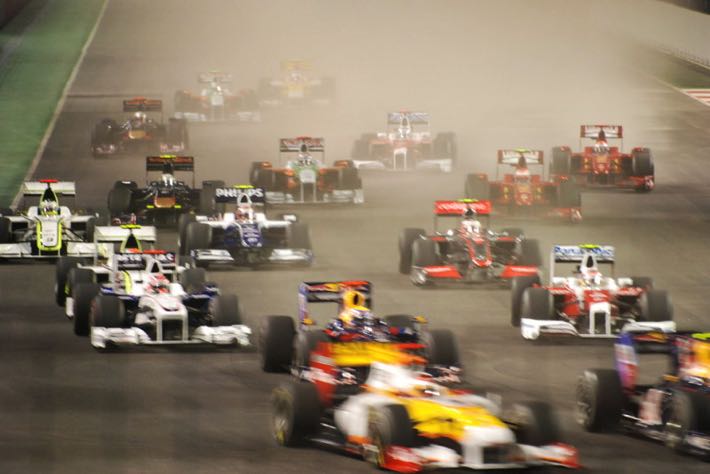
In some regards, the actual races that take place during Formula One weekends are the most simplistic to explain. The cars take to the field and are attempting to finish the race in first place, thereby being declared the winners. In actuality, it is a little bit more complex than that, not least of all because the race actually begins with what is known as a ‘formation lap’. This is where the drivers take their cars around the circuit at a slow pace, coming to a stop where they’re supposed to start from and allowing them to warm their tyres up.
Once that’s done, five red lights are counted before the cars head off around the circuit, with an on-board computer noting whether any drivers have suffered a false start and are therefore to be penalised. The first corner can be the most important in the race, given that it tends to dictate a driver’s position for what is to come and can therefore lead to some brave, if not dangerous, driving. Races last for a given number of laps, with the exact amount differing according to the course as the race must be over 190 miles in total.
Sometimes races are delayed because of something like a crash, meaning that a cap of three hours of actual time is put on them. If a driver goes outside the limit of the track then they are penalised, with short-cuts not allowed. At the start of the race, cars may have up to 110 kilograms of fuel on board, with re-fuelling banned for safety reasons. As the race reaches its climax, cars will travel faster because they have burned through their fuel and are therefore much lighter than they were earlier in the race.
Pit Stops
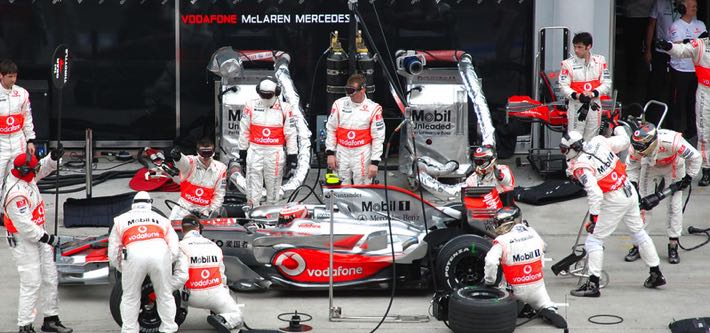
Rule infringements will lead to penalties being issued, usually in the form of time. If they take a pit stop before the end of the race then they will have to serve this time penalty in the pit, whereas those that don’t will simply have the time added to their total race time.
Drivers will naturally head into the pit on occasion, of course, largely because they might need to change their tyres as the race goes on. During dry conditions, drivers must use at least two types of tyre, whereas this rule is dropped when the weather is wet.
Tyre Compounds
There are three tyre compounds: white-striped tyres; yellow-striped tyres; red-striped tyres. The first of these are hard, the second medium and the third soft. Green-striped tyres are used in wet weather and are intermediate, with the ability to displace 30 litres of water per second.
This compared to the 65 litres per second that are displaced by the ‘full wet’ blue-striped tyres. The thinner the tyre is, the faster it will travel, but the quicker it wear down. For this reason, the choice of tyre can be the difference between winning and losing a race.
Pit Crew Positions
There is perhaps nothing in Formula One as impressive as a pit stop. Everyone involved has to work as though they’re part of an orchestra, working in a coordinated fashion to get the car back on the track as quickly as possible. There are plenty of members of the pit crew, making up the following jobs:
- Three mechanics per tyre
- Two stabilisers
- Two jack operators
- Two mechanics adjusting front wings
- Backup front & rear jack operators
- A lighting system operator
The pit stop crew need to get the job done as quickly and as smoothly as possible, though drivers also have a part to play. They need to hit their mark and they also need to ensure that they are ready to go as soon as the work is done, but not before. Penalties can be issued for numerous reasons during pit stops, so they can make a big difference to the outcome of a race. At the time of writing, Red Bull Racing holds the record for the fastest pit stop, coming in at 1.923 seconds during the United States Grand Prix in 2013.
The End of the Race
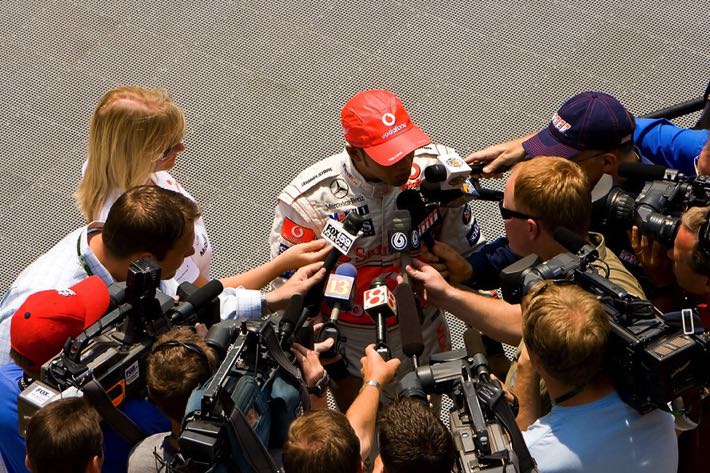
Do you know what happens at the end of the race? It might seem like a stupid question, but not everyone will have clocked the fact that the winning driver crossing the finish line doesn’t automatically mean that the race itself grind to a halt. Instead, the drivers all complete the lap that they are on before pulling into the pit. This is the case regardless of their position in the race or the lap that they are on. If the winning driver has lapped the driver in 14th place, say, they don’t need to keep driving to complete their laps.
Once the chequered flag has been waved to indicate that the race has been won, it will keep being waved so that the cars coming in after the winner know that their race is done too. The drivers that finished in the first, second and third place in the race will then take to the podium to celebrate their achievement. The winner takes the highest step on the podium, with the second-placed driver to their right and the third-placed finisher to their left. The winning constructor stands on a different podium and the national anthems of the winning driver and constructor are played.
How the Scoring Works
In the world of Formula One, there are two different challenges takin place at the same time: the driver’s championship and the constructor’s championship. Points are awarded to the drivers and the constructors according to where they finished in the race, with the following being the points awarded since 1990:
| Position | Points |
|---|---|
| 1st | 25 |
| 2nd | 18 |
| 3rd | 15 |
| 4th | 12 |
| 5th | 10 |
| 6th | 8 |
| 7th | 6 |
| 8th | 4 |
| 9th | 2 |
| 10th | 1 |
| 11th or Higher | 0 |
Obviously the winning of the constructor’s championship isn’t always the same as the driver’s championship on account of the fact that each team has two different drivers racing for it. One driver could finish second and one third, both from the same team, with more points being awarded than a team that boasted the winner and a driver that didn’t finish their race.
An additional point is awarded to the driver and team that achieved the fasted lap in the race, provided they finished in the top ten. Should a race be abandoned, for whatever reason, before 75% of it has been completed, all points are halved.
The Constructor’s Championship
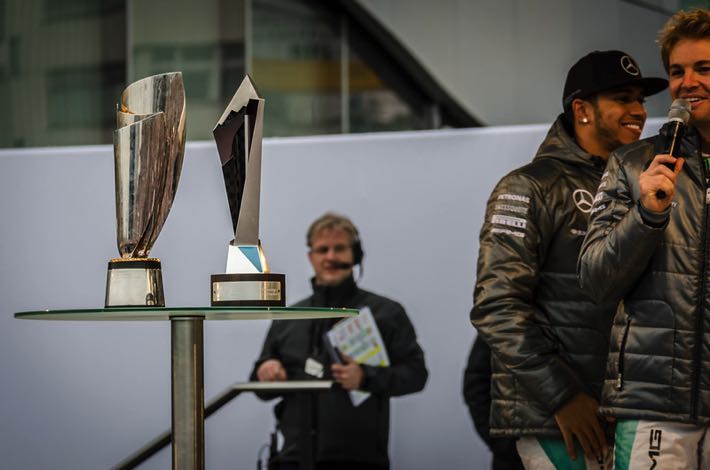
The final thing worth mentioning when it comes to the world of Formula One is the constructor’s championship. It was first awarded in 1958 and is best thought of as being the team side of F1. Constructors are, for want of a better explanation, the entities that are responsible for designing key parts of the cars that are used in F1 races. Since 1981, teams that enter the Formula One have been required to own the intellectual rights to the chassis that is used, meaning that they can’t sell it to other teams.
Whilst drivers have to compete under the nationality of their passport, the FIA’s rules on constructors state that they need to compete under the nationality of the National Automobile Club that issued their racing licence. There are some interesting foibles around constructors, insomuch as the likes of Mercedes and McLaren both use a Mercedes engine, whilst Red Bull are the constructors but they use a Honda engine. All of that is irrelevant in terms of understanding what happens in a race, but interesting to no nevertheless.